Human Orbital Spaceflights
![]()
International Flight No. 40Soyuz 11YantarUSSR |
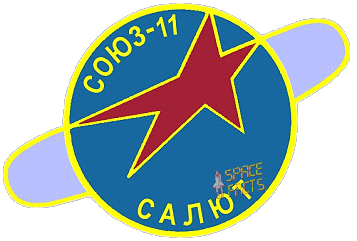 |
 |
![]()
Launch, orbit and landing data
walkout photo |
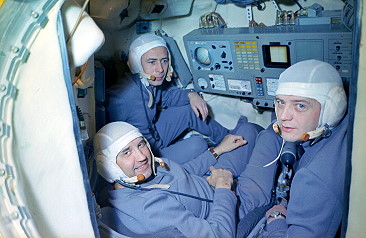 |
|||||||||||||||||||||||
alternative crew photo |
alternative crew photo |
|||||||||||||||||||||||
alternative crew photo |
alternative crew photo |
|||||||||||||||||||||||
alternative crew photo |
alternative crew photo |
|||||||||||||||||||||||
Crew
| No. | Surname | Given names | Position | Flight No. | Duration | Orbits | |
| 1 | Dobrovolsky | Georgi Timofeyevich | Commander | 1 | 23d 18h 21m 43s | 384 | |
| 2 | Volkov | Vladislav Nikolayevich | Flight Engineer | 2 | 23d 18h 21m 43s | 384 | |
| 3 | Patsayev | Viktor Ivanovich | Test Engineer | 1 | 23d 18h 21m 43s | 384 |
Crew seating arrangement
|
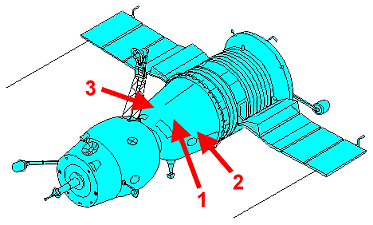 |
|
||||||||||||||||
1st Backup Crew
|
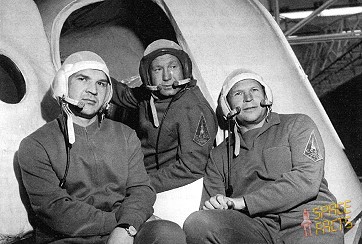 |
2nd Backup Crew
|
Hardware
| Launch vehicle: | Soyuz (No. Kh15000-24) |
| Spacecraft: | Soyuz 11 (7K-T No. 32) |
Flight
|
Launch from the Baikonur Cosmodrome and
landing 188 km east of Dzhezkasgan. The double crew was the original prime crew. This crew underwent their final medical checkups. A spot was found on Valeri Kubasov's lung in the x-ray. The doctors say it is the beginning of tuberculosis, and prohibit him from flying in space. After some discussions the Soviets changed the complete crews. The Soyuz 11 launch proceeded without any difficulties. The first orbital correction in the set of rendezvous maneuvers to head for Salyut 1 was made on the fourth orbit. Following a one-day solo flight Soyuz 11 docked with the space station Salyut 1 on June 07, 1971. Aboard Soyuz 11, the Igla automatic rendezvous and docking system was switched on when the spacecraft was 7 km from Salyut 1. There was no manual intervention in the process; Georgi Dobrovolsky simply made reports to the ground of the rendezvous and docking system's progress. Docking itself took place out of tracking range. There was considerable suspense in mission control during the 90-minute wait until reacquisition. Before leaving radio contact, telemetry showed a signal that the docking mechanism had depressurized, which would have prevented the cosmonauts from opening the hatch and entering the space station. But when the station came back in view, it turned out that all went normally and the crew had already entered the station. Viktor Patsayev entered first, turned on the air regenerator, and replaced two failed fans. The crew report said that the station atmosphere was unpleasant, with a strong burned smell. It will take 20 hours for all of the air in the station to cycle through the ECS scrubbers, so the crew is told to spend the first night aboard their Soyuz. It was the first space station flight in space history. When the crew awoke, the station air was all right, and all eight fans and filters of the ECS are operating. Soyuz 11 was powered down and put in storage mode. The crew began the work program. But they had not yet put on their Penguin training suits and were not yet following the exercise program. Clearly, they were not taking the necessary steps to adapt to zero-G and preserve their health for their return. They took control of the station for the first time, making an orbital correction maneuver, and then orienting the station and its solar panels fully toward the sun. A day later the cosmonauts put on their training suits, and were urged to do regular physical training as required by the program. There are enough ECS consumables, fuel, water, and food aboard for the station to continue in manned operation until August 20, 1971. Equipment aboard Salyut 1 included a telescope, spectrometer, electro-photometer, and television. The crew checked improved on-board spacecraft systems in different conditions of flight and conducted medico-biological research. The main instrument, a large solar telescope, was inoperative because its cover failed to jettison. The crew performed different scientific work in the areas of biology, astronomy and Earth observation were part of the scientific work. On June 16, 1971 the cosmonauts reported a strong burning smell, and smoke in the station. The crew evacuated the station and retreated to the Soyuz lifeboat. Forty minutes later the situation aboard the station is not comfortable. The crew had turned off the primary oxygen regenerator and exchanged the filters of the oxygen supply and reserve regenerator. The Soyuz 11 crew later reported that the training suits are very tiring. Georgi Dobrovolsky reported all is now normal otherwise. He requests permission to continue the flight. There was no more smoke or burning smell, but the crew has been overloaded in the last six hours. They had done a lot of work with no food or rest. The situation was so bad at one point that preparations had been made for undocking the Soyuz for an emergency return to earth. Meanwhile the electrical specialists in Moscow cannot localize the electrical problem. All of the equipment aboard has been turned off and on, and the burning simply does not occur again. Meanwhile there are concerns that Soyuz 11 may be able to reach the desired mission length. The mission was cut short due of problems aboard the station including the electrical fire. The planned highlight of the mission was to have been the observation of an N-1 booster launch, but the launch was postponed. The crew also found that using the exercise treadmill as they were required to do twice a day caused the whole station to vibrate. On June 26, 1971 the crew had completed all scientific and technical experiments aboard the Salyut station. They will spend the last two to three days concentrating on physical training, medical observations, and preparation for landing. They will turn off all station equipment not required for autonomous flight, prepare the Soyuz for landing, and measure the water and consumable reserves available for the next crew. The experiments have produced many film cartridges, experiment samples, and so on that should be returned to earth. However, there is not enough space or mass reserves in the Soyuz capsule for them all so they are only to return those specifically listed by ground control. On June 28, 1971 the cosmonauts had to be extremely careful in putting Salyut in storage mode. They went through the checklist together with the ground to make sure no errors are made. The Salyut station was much more comfortable than the Soyuz, but the mission has revealed it needs many improvements, including: a unit for ejecting liquids from the station; solar panels, and scientific instruments, that can be automatically pointed at the sun or their target and stabilized; an improved control section; better crew rest provisions. Only with such improvements will it be possible to make flights of two months or longer. After the crew had left the station, taken their seats in the capsule, and closed the hatch between the Soyuz BO orbital module and SA re-entry capsule, the strained voice of Vladislav Volkov came from space: 'Hatch not hermetically sealed? What's happening? What's going on?'. All this response to the fact that the caution and warning panel 'Hatch open' light has not gone out. Aleksei Yeliseyev calmly advised the crew, 'Don't panic. Open the hatch, and move the wheel to the left to open. Close the hatch, and then move the wheel to the right six turns with full force'. The crew did this several times, but the light still won't go out. On a final attempt, with 6.5 turns of the wheel, the light went out. The crew lowered the pressure in the BO to 160 mm, and the hatch proved to be air-tight. On the next orbit the crew separated their Soyuz from the Salyut station. At 21:35 they reported normal separation and that they 'can see how the station moves away from the spacecraft'. They had enough propellant to stop the separation velocity, and take photographs of the station from 10 to 15 m away. They then backed away to 30-40 m, and Viktor Patsayev took another set of photographs documenting the condition of the station. The crew was told to report on HF and UHF using all antennas and to call out parachute opening. They were ordered to wait in the capsule for the recovery crews, not to open the hatch themselves under any circumstances. It should take no more than 20 to 30 minutes until the recovery team can open the hatch from the outside. They are under no circumstances to try to get out of the capsule without the assistance of the doctors. Georgi Dobrovolsky confirmed: "All received, landing sequence proceeding excellent, all OK, crew is excellent". Telemetry showed the Soyuz braking engine began firing at 01:35:24 and made a nominal 187 second retrofire burn. Ground control waited for verbal confirmation, but there were no voice communications received from the capsule. At 01:47:28 the crew should have reported successful BO and PAO module separations from the capsule, but still nothing heard. A pressure equalization valve was jerked loose at the jettison of the Soyuz Orbital Module. The valve was not supposed to open until an altitude of 4 km was reached. The medical experts had determined that the cosmonauts died from depressurization of the spacecraft. The crew had hemorrhages in their brains, blood in their lungs, and nitrogen in their blood. The flight recorder showed that four seconds after the depressurization began Georgi Dobrovolsky's breathing rate went to 48/minute (normally 16/minute), asphyxiation began, and 20 to 30 seconds later he was dead. The three-man crew did not have space suits. The Soyuz was thereafter redesigned to accommodate only two crew members, but in spacesuits. When the hatch was opened it was found that the crew had perished due to a loss of cabin atmosphere. As a result of this disaster pressure suits were worn during launch, docking maneuvers and reentry in the following missions. It quickly became apparent that they had asphyxiated. The fault was traced to a breathing ventilation valve, located between the orbital module and the descent module, that had been jolted open as the descent module separated from the service module, 723 seconds after retrofire. The two were held together by explosive bolts designed to fire sequentially; in fact, they fired simultaneously. The force of this caused the internal mechanism of the pressure equalization valve to loosen a seal that was usually discarded later and normally allowed automatic adjustment of the cabin pressure. The valve opened at an altitude of 168 kilometers (104 mi), and the gradual loss of pressure was fatal within seconds. The valve was located beneath the seats and was impossible to find and block before the air was lost. Flight recorder data from the single cosmonaut outfitted with biomedical sensors showed cardiac arrest occurred within 40 seconds of pressure loss. By 935 seconds after the retrofire, the cabin pressure was zero, and remained there until the capsule entered the Earth's atmosphere. |
Photos / Graphics
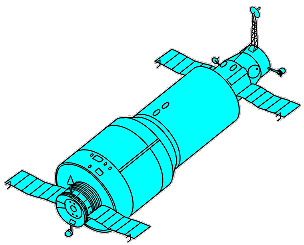 |
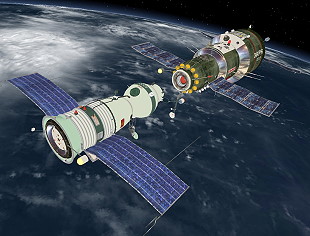 |
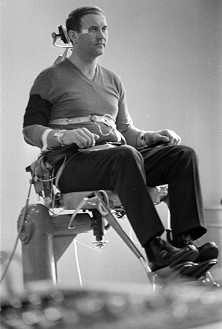 |
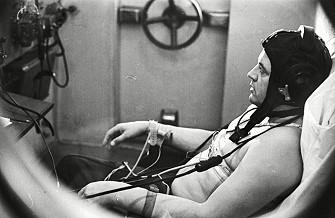 |
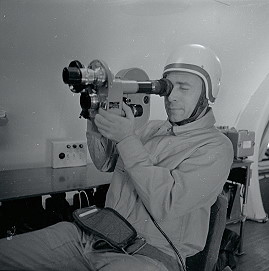 |
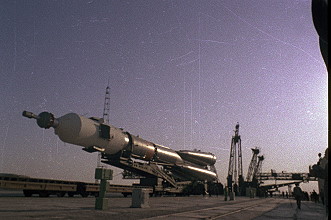 |
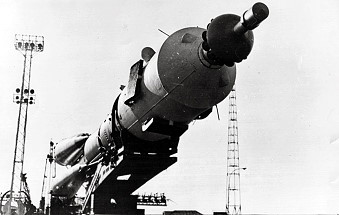 |
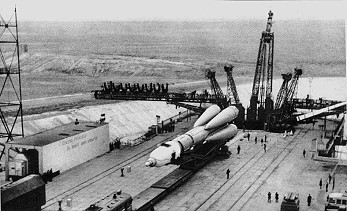 |
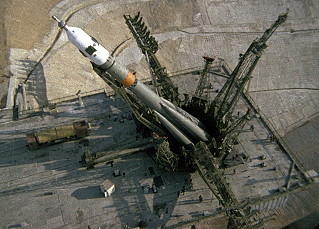 |
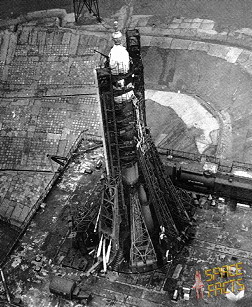 |
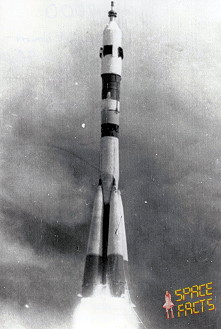 |
 |
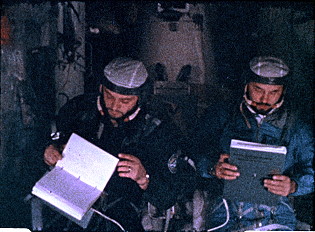 |
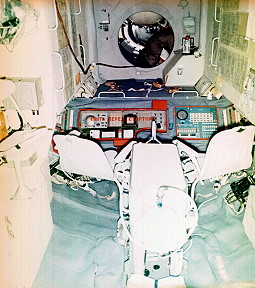 |
 |
 |
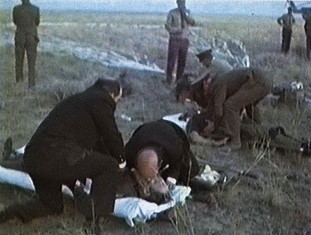 |
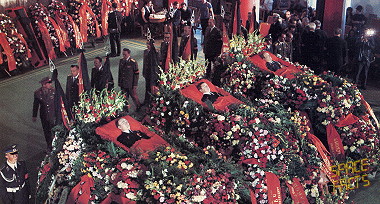 |
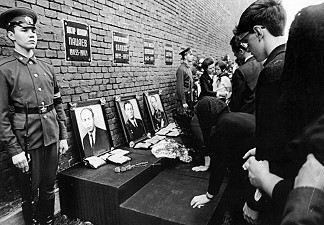 |
| © |  |
Last update on June 30, 2021.  |
 |